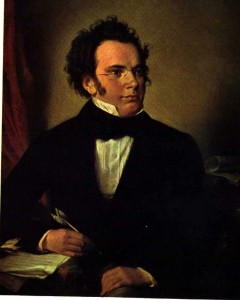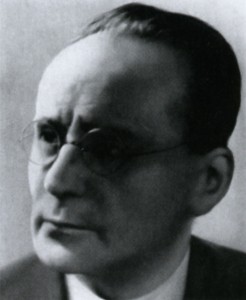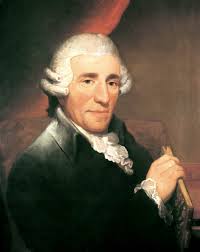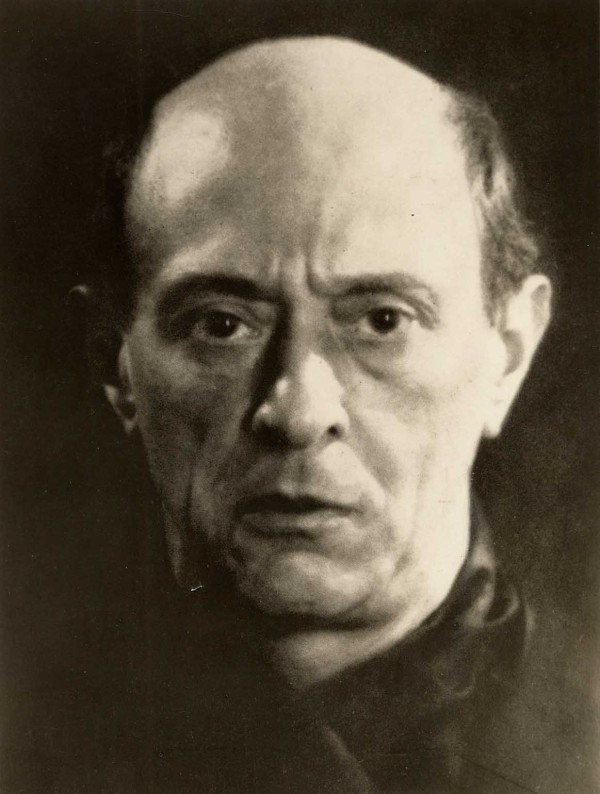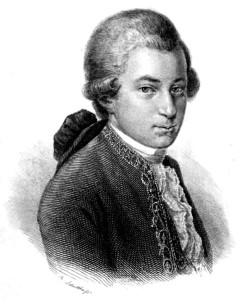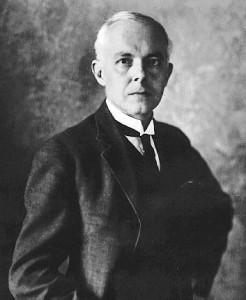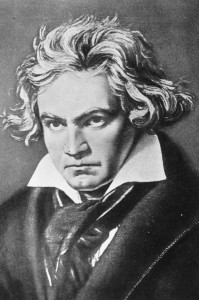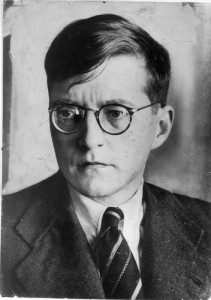Today, we’ll visit string quartets from both the Romantic and Modernist eras. The purpose is to give continuity to the line started in the first few articles. We visited Beethoven and Shostakovich, then Mozart and Bartók, and for the last time we visited the respected teachers Haydn and Schoenberg. This time we visit one of the the Romantic heirs to the Beethovenian tradition, the writer of music with a very private character, Schubert, and the genius serialist composer Webern, one of the most (if not the most) outstanding students of Schoenberg.
Franz Schubert: String Quartet no. 14, Der Tod und das Mädchen
This quartet is dubbed after an earlier lied of the same name, whose main theme Schubert used as the theme for the the second movement of this string quartet.
https://www.youtube.com/watch?v=Jlzv1yUFo-A
Anton Webern: 5 Sätze für Streichquartett op.5 (5 movements for string quartet)
It is a common misconception that serialism is a more mechanical method of composition, because it s a method. While some (including myself) believe it is an unnatural (contrary to the Common Practice Period notions) method contradicting the physics of frequencies, it is, apart from that fact, as much of a valid and constrictive method as any other. No more, no less. It just follows a different set of rules. And because it is counter-intuitive for people unaccustomed to it, compositions with this method may well prove to be even more demanding by virtue of this lack of familiarity the general public has with it – it has harder to make something that makes any sense for the human ear. In my humble opinion, the dependency on an ethereal pulse becomes paramount in this type of music.
5 CommentsTags: 2015, Anton Webern, Classical String Quartets for the death metal fan, death metal, Franz Schubert, modern, romantic
